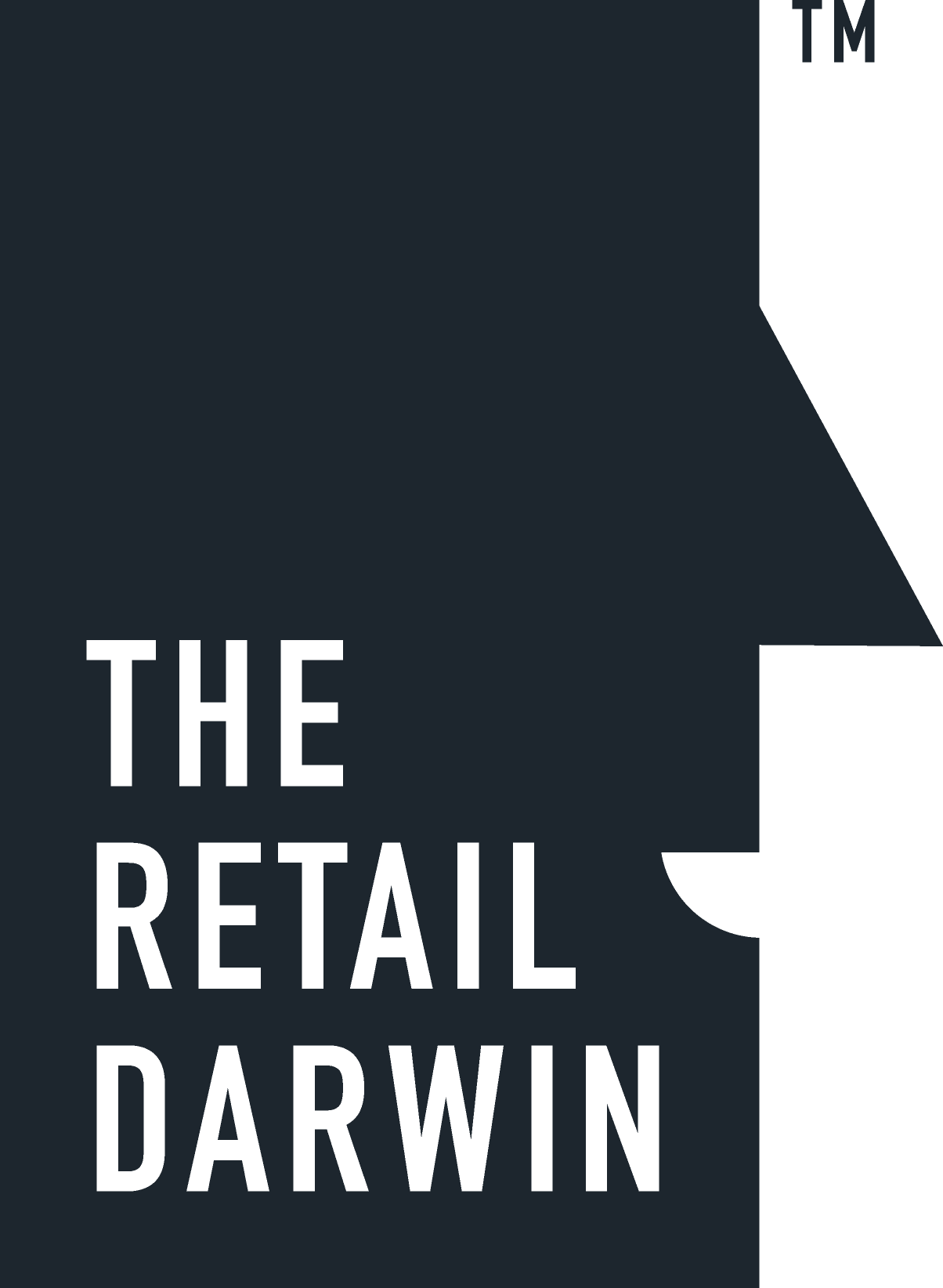Fast Food
Local grocery delivery is taking a front seat.
Is a localized evolution of the grocery delivery provided by Amazon, Whole Foods, and other major grocers the way of the future? In a recent survey, the National Restaurant Association reported 71% of millennials said they are more likely to get delivery now than they were before the pandemic. Meanwhile in 2020, online grocery sales rose 54 percent to $96 billion, according to data from eMarketer. Anticipating that the demonstrated push for convenience is here to stay, what does this mean for the future of grocery delivery that has become increasingly popular?
While some local grocers are available through delivery apps like Postmates, other specialty shops, like Boston Organics, compete with the Amazons and Peapods of the world by operating with in-house delivery services to select locations. On top of having in-house delivery services, locally curated grocers like FoxTrot have repositioned delivery at the forefront of the business experience. While you can still enter a physical store to shop, order, and dine, FoxTrot is a grocery concept that positions itself with a delivery-first business model by promising local delivery within 60 minutes. Family Dinner is an eco-friendly local food delivery service in the Boston area that minimizes food waste and maximizes production by operating as a CSA.
Certainly, grocery delivery will maintain its popularity in a post pandemic world. The demand for local grocer delivery extends beyond a pure quest for convenience; it’s also about the desire to support local economies and sustainability efforts. There is some evidence to suggest that keeping delivery services in-house may even alleviate some of the issues employees face as third-party contractors; in-house programs often offer higher wages, benefits, and solidified employment terms.
Sources: Eater (March 3, 2021)


